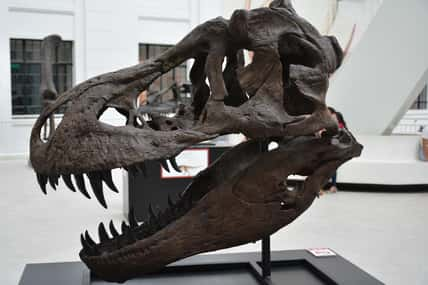The Earth’s Core Has Been Slowing Down Since 2010, Which Could Impact How Long Our Days Are

The rotation of our planet’s inner core is starting to show signs of slowing down. In the past, the inner core was thought to spin faster than the speed of the Earth’s surface, but new research has found that it has been slowing down since 2010.
For the first time in decades, our planet’s inner core is spinning more slowly than the surface, which might lead to changes in how long our days are.
“When I first saw the seismographs that hinted at this change, I was stumped,” said John Vidale, a professor of earth sciences at the USC Dornsife College of Letters, Arts, and Sciences.
“But when we found two dozen more observations signaling the same pattern, the result was inescapable.”
“The inner core had slowed down for the first time in many decades. Other scientists have recently argued for similar and different models, but our latest study provides the most convincing resolution.”
The Earth is made up of several layers—the crust, mantle, outer core, and inner core. Each layer has its own unique features and compositions.
The outermost layer of the Earth is the crust, which varies in thickness from three to 44 miles. Underneath the crust, there is the mantle.
It is about 1,800 miles deep and primarily consists of silicate materials that are rich in magnesium and iron.
The outer core is about 1,800 to 3,200 miles deep. It is mainly made up of nickel and liquid iron. Its movement is what creates the Earth’s magnetic field.

Finally, the inner core is located at the center of our planet. It is a super hot, solid ball of nickel and iron that has a radius of approximately 760 miles, which is about the same size as Earth’s moon. It’s not an object that is easy to study by any means.
To study the activity of the inner core, scientists must analyze the seismic waves of earthquakes. In this study, researchers from the University of Southern California examined data from 121 repeating earthquakes that occurred near the South Sandwich Islands in the South Atlantic Ocean between 1991 and 2023. They also looked at data from several nuclear tests.
By measuring how the seismic waves speed up and slow down, they can estimate the inner core’s position and movement.
The researchers discovered that the rotation of the inner core was slowing down due to the churning of liquid in the outer core and gravitational pulling from the mantle.
As a result, the length of our days may change, but not to worry—it would only be by fractions of a second. The difference would be almost undetectable, so there’s no need to reset your watches.
The researchers hope to be able to drill down further into the core to find out more about why it is slowing and how it will affect our planet.
The study was published in the journal Nature.
Sign up for Chip Chick’s newsletter and get stories like this delivered to your inbox.












